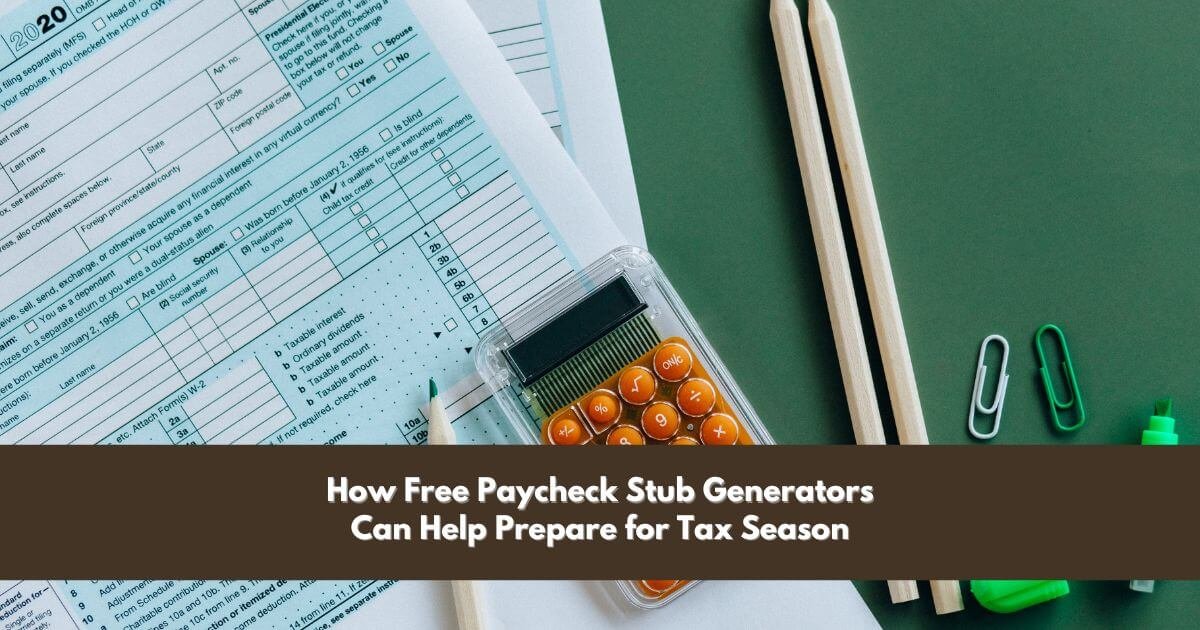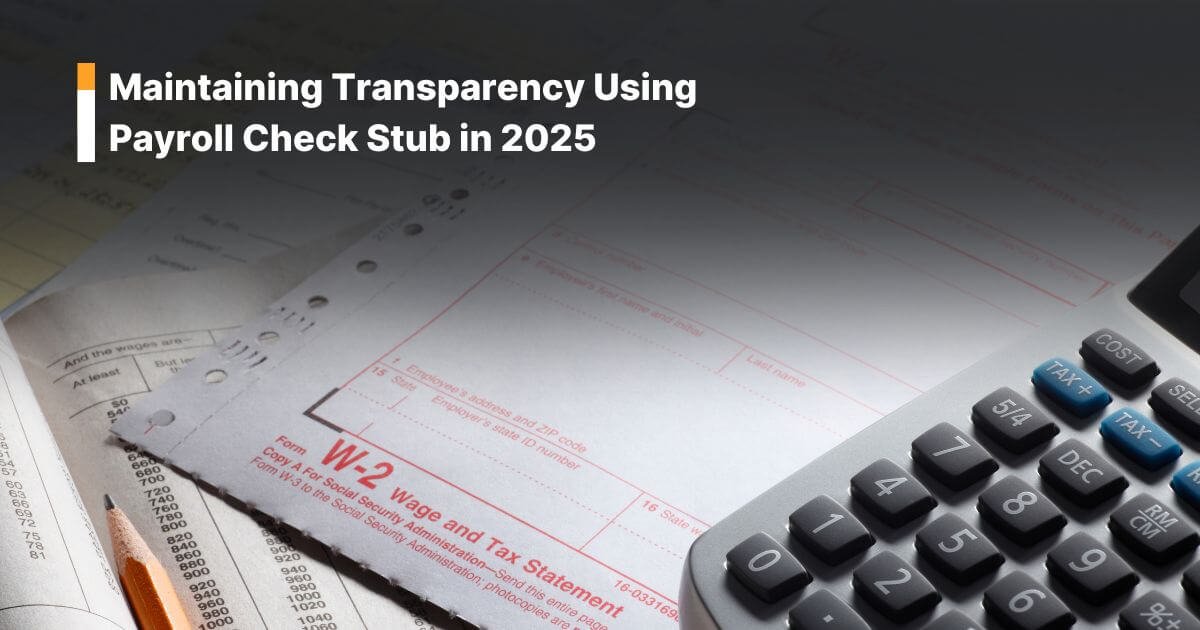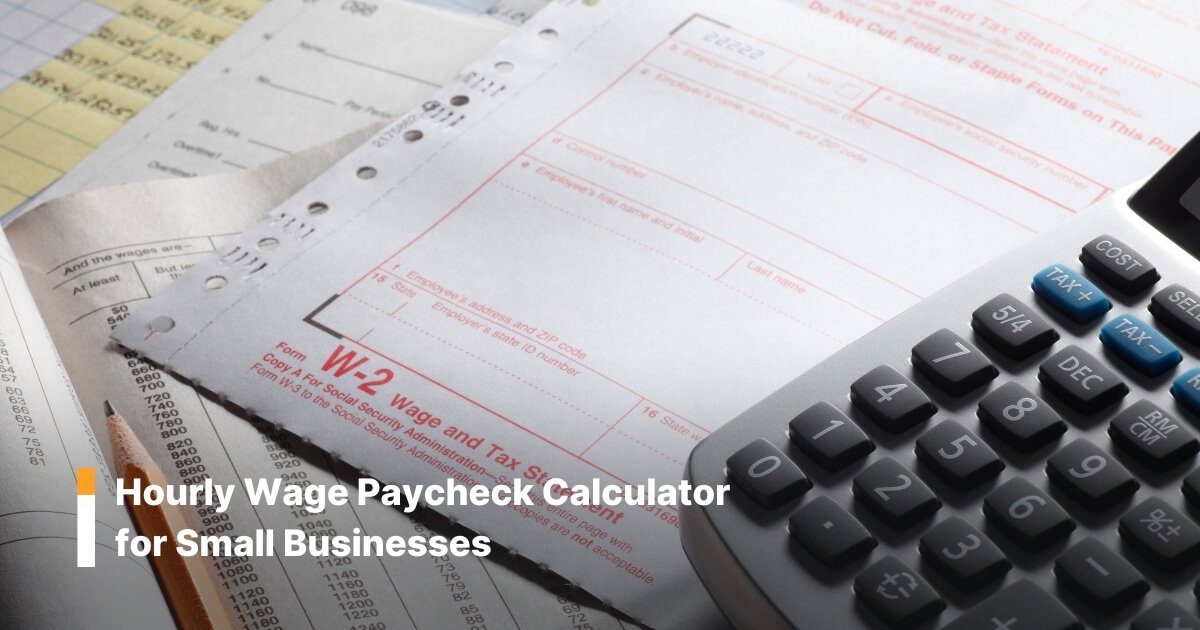That season is coming back again – the time when you open your postbox, discover your W2 form, and acknowledge you have no clue what to do with it. W-2 forms have such a significant number of numbers and arbitrary letters that it’s easy to be amazed. Today, we will clear up the “What is a W-2?” question. We should investigate how a W-2 form improves the situation you have and why you require it.
What is a W-2 form?
A W2 form is a form that a business is required to send to its workers and the Internal Revenue Service (IRS) at the end of the year. Consider it as a summary of the money you made throughout the year and the money withheld from your paycheck for taxes.
A business must fill out a W-2 form for any compensation and send it to you by January 31 (unless you’re a self-employed entity). If you’re a self-employed entity, you must fill out a 1099 form. A W-2 form obtained in January 2018 will mirror the pay and withholdings of 2017.
The Necessity of the W-2 Form
Before you can complete your tax returns, you should have your W-2 form, since you should connect your W-2 form to your tax returns when you file them. You likewise require the aggregate sum of withheld tax cash before you can make sense of the event that you will get a discount or need to make an extra tax installment.
Since the cash withheld from your paycheck is paid for taxes consistently, you can subtract the aggregate withholdings on your W-2 from your tax liability. This estimation is essential to document your taxes effectively.
Reading a W-2 Form
In spite of the fact that a W-2 form is small, there are a variety of boxes and codes that can be difficult to keep straight. When reading a W-2 form, search for the descriptions inside the containers to make sense of what each number is. If you see codes similar to BB, DD, or N, you can discover what they mean on the back of your W-2 form.
You can likewise utilize your latest pay stub to figure out all your W-2 information. Yet, recollect, your counts are simply estimates. Despite everything, you require your W-2 form to document precise tax returns.
Getting a W-2 form from a past business
It can take two weeks for your W-2 form to reach you through the mail. In the event that you don’t have your W2 from a past employer by January 31, don’t panic. Instead, contact your past employer and inquire as to whether they sent the form. You can likewise ensure they have your correct address or even demand another copy.
If you don’t have your W-2 form by February 14, you should call the IRS. Ensure you have your personal information (name, address, standardized savings number) prepared, as well as your employer’s name, address, postal division, and telephone number. You ought to likewise have your dates of work and your evaluated compensation withheld for salary tax. The IRS will call your past business themselves and encourage them to send your W-2 form.
Never ask the “What is a W-2?” question again
There’s a considerable amount to process amid the tax season, yet with the correct instruments and information, you’ll find taxes aren’t as complex as they appear. Try not to let your W-2 form worry you this year.
Fill us in regarding whether you have some other tax questions. We’ll ensure you get everything documented accurately.
Related Article: The Most Affordable and Reliable Pay Stub Maker
FAQ's
Why is the W-2 form necessary?
+
The W-2 form is necessary for both employees and employers. For employees, the W-2 form is used to file federal and state income tax returns and to determine eligibility for certain tax credits. Employers must provide the W-2 form to their employees and file it with the Social Security Administration and the IRS.
When do I need to receive my W-2 form?
+
Employers are required to provide their employees with their W-2 forms by January 31st of each year. This allows employees to file their tax returns promptly.
What information is included on the W-2 form?
+
The W-2 form includes information on the employee's total annual wages, federal and state taxes withheld, Social Security and Medicare taxes withheld, and any contributions to retirement accounts or other pre-tax benefits.





